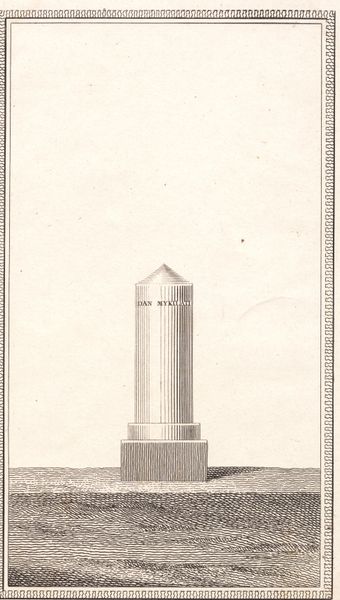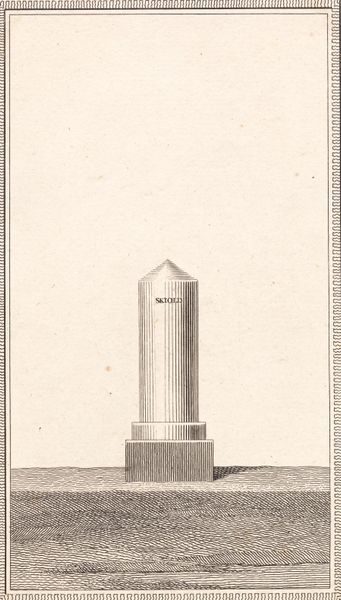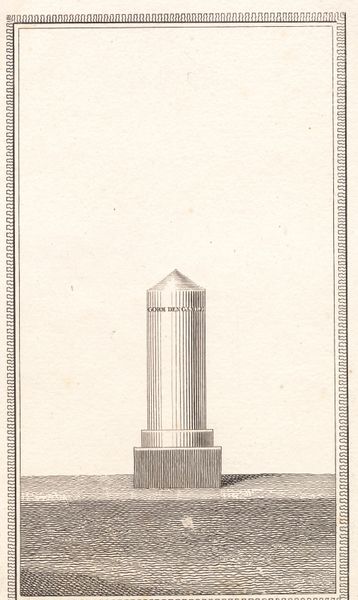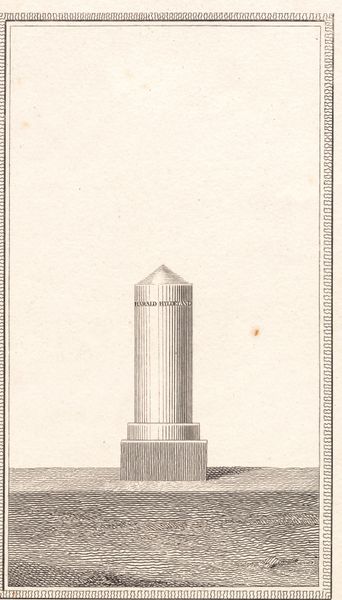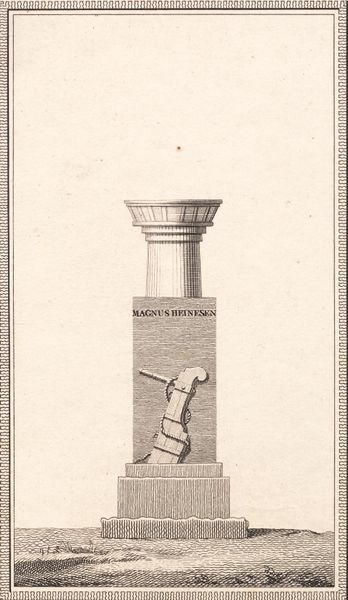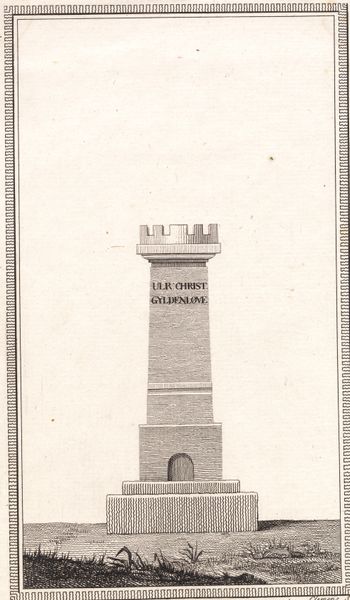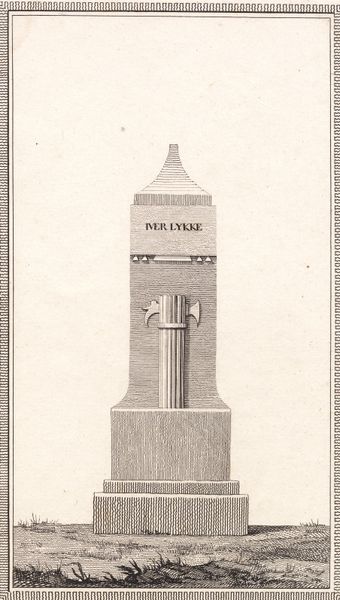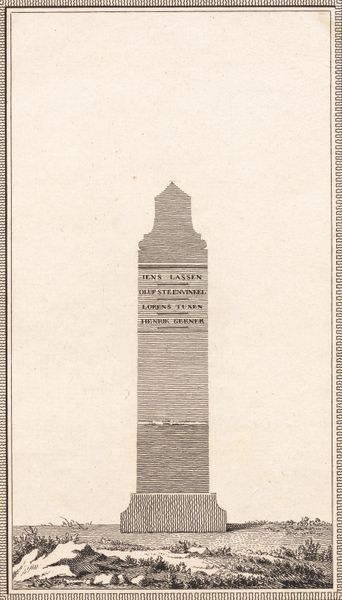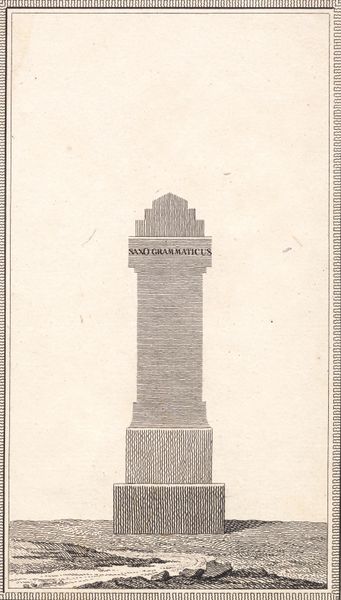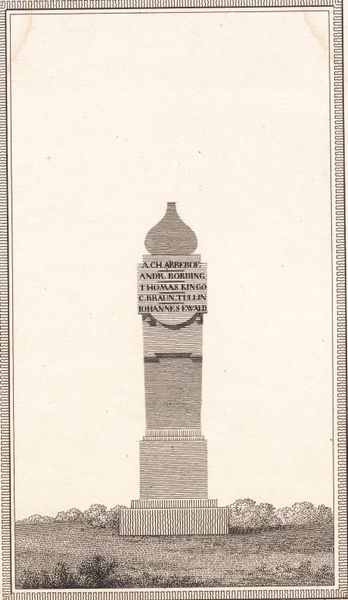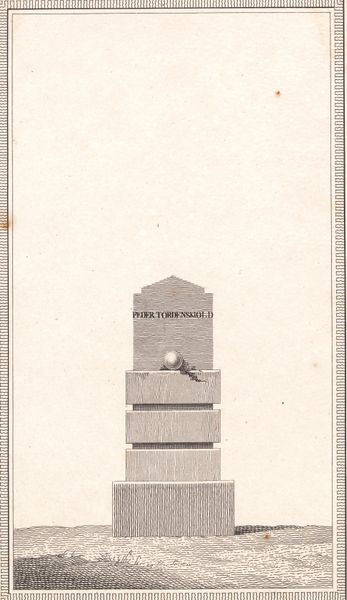
print, etching, engraving
#
neoclacissism
# print
#
etching
#
landscape
#
engraving
Dimensions: 179 mm (height) x 103 mm (width) (billedmaal)
Editor: Here we have J.F. Clemens's "Wittekind," made between 1779 and 1781, using etching and engraving techniques. It has this imposing, solitary quality about it...almost austere. What do you see in this piece, especially given the period it was created? Curator: I see a work deeply embedded in the cultural and political landscape of its time. Neoclassicism wasn't just an aesthetic choice; it was a deliberate harkening back to perceived ideals of Roman Republicanism and Enlightenment rationality, often employed to legitimize new power structures, even empires. Editor: So, the choice of a classical form carries a political weight? Curator: Absolutely. Consider Wittekind himself, a Saxon leader who resisted Charlemagne and the Frankish Empire. Depicting him with such classical monumentality transforms him into a figure worthy of imperial recognition, almost assimilating Saxon resistance into a narrative that ultimately serves imperial interests. Who gets to define history and through what lens? Clemens's print raises questions about how historical narratives are constructed and co-opted by dominant powers. Editor: That’s fascinating. I hadn't considered the act of monumentalizing someone as potentially shifting their historical role to serve the narrative of the powerful. Curator: Precisely. And the landscape—empty and somewhat featureless—further isolates the monument. It underscores a sense of power imposed onto a potentially resistant landscape and culture. What implications might arise from representing history in such a way? What does this image reveal about 18th-century attitudes towards conquest, assimilation, and the construction of national identity? Editor: This definitely challenges my initial assumptions. It seems there's much more to this seemingly simple print than meets the eye. Curator: Indeed. Art serves as a mirror reflecting societal power dynamics. Approaching art with historical and intersectional sensitivity offers so many insights.
Comments
No comments
Be the first to comment and join the conversation on the ultimate creative platform.
